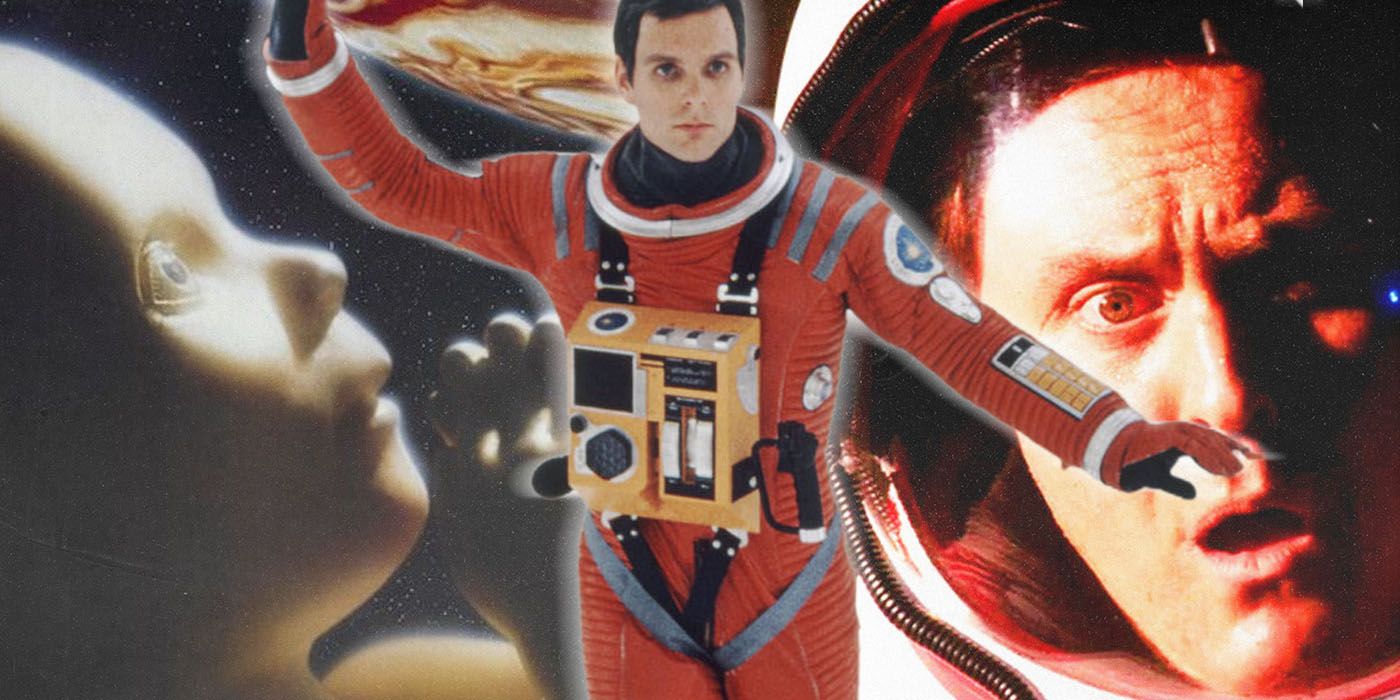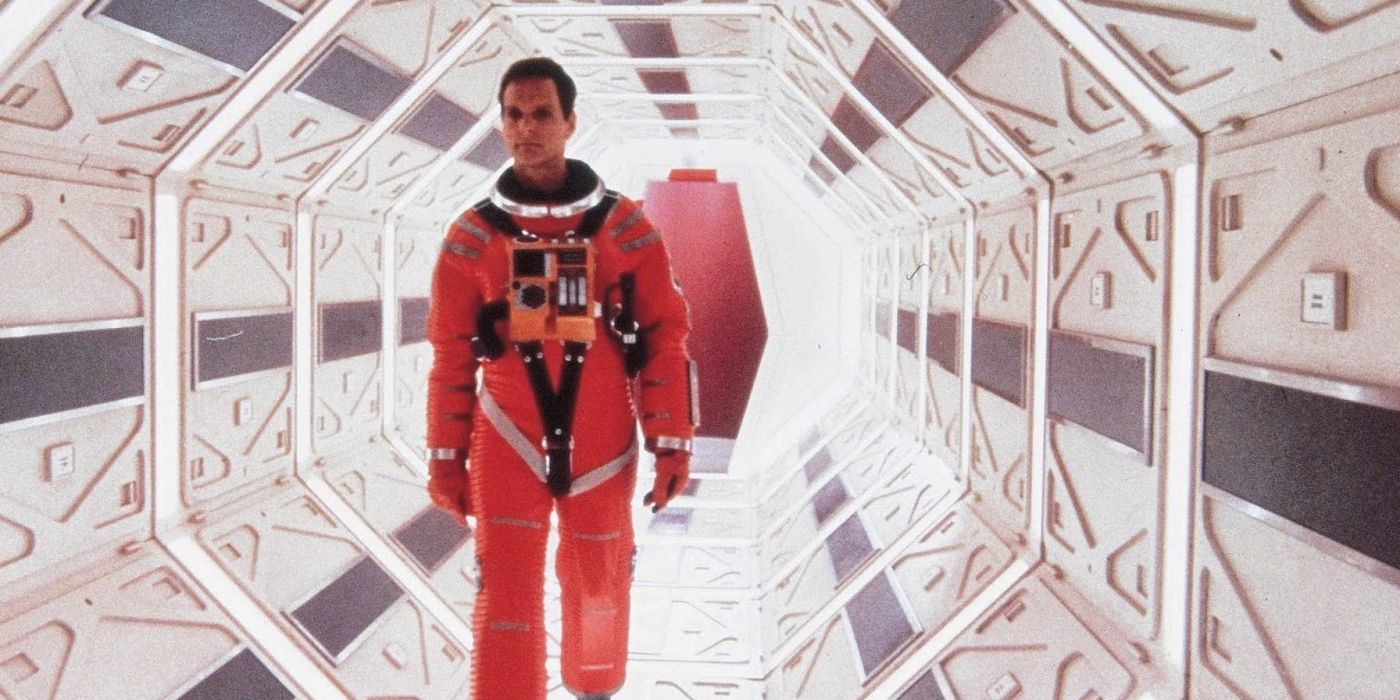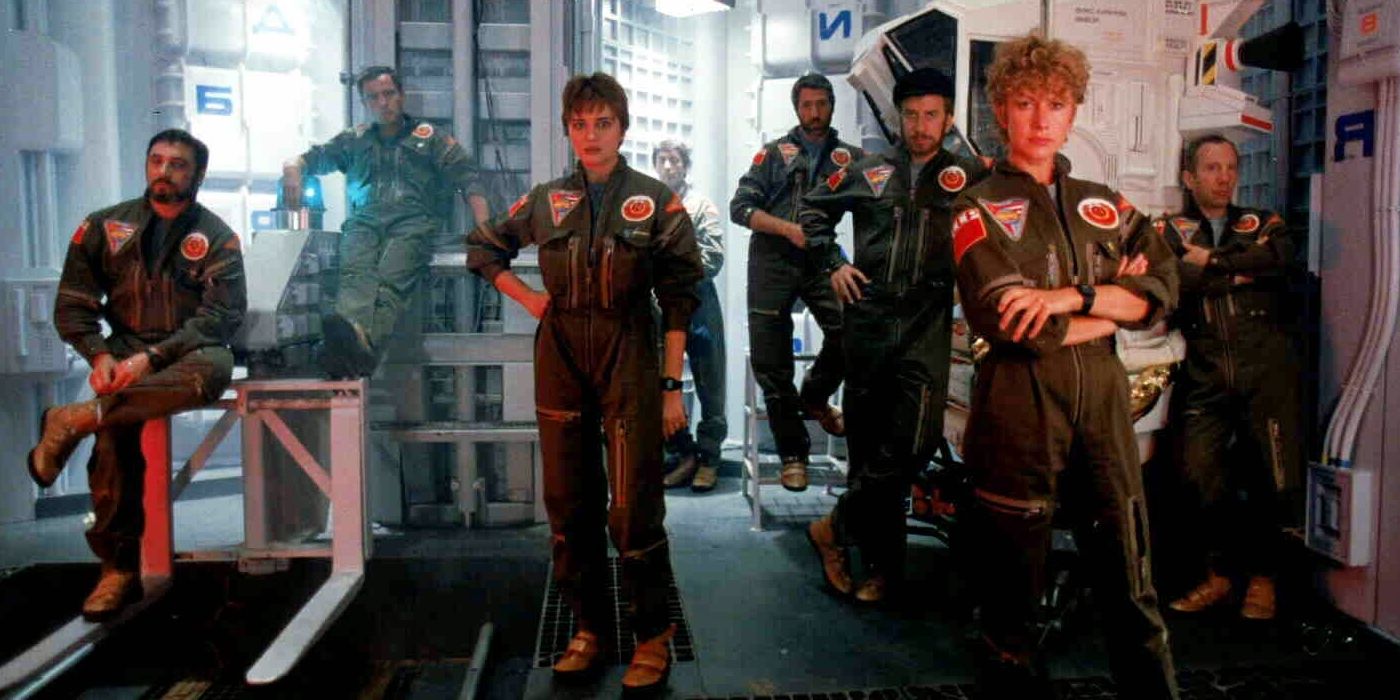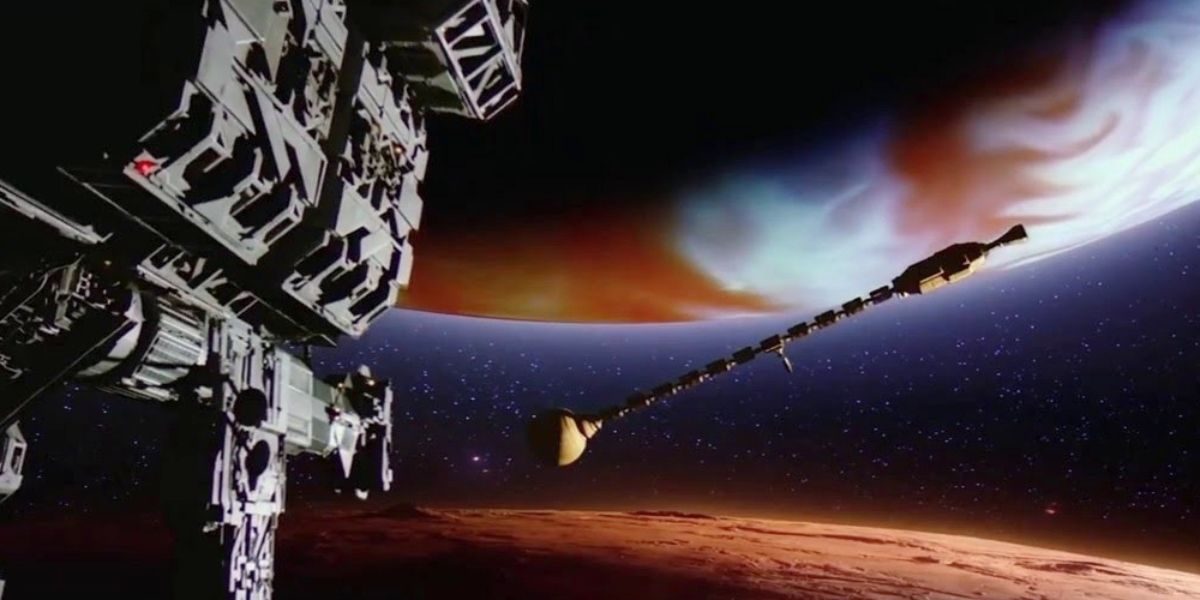2001: A Space Odyssey, released in 1968, broke new ground with its inspired, grounded special effects. Directed by Stanley Kubrick and based on a short story by Arthur C. Clarke, 2001 has continued to influence sci-fi cinema to this day with its emphasis on realism and realistic depictions of interstellar travel. In 1984, Peter Hyams premiered his sequel to the celebrated film, titled 2010: The Year We Make Contact, again taking from Clarke's work. Hyams not only directed 2010 but also wrote the screenplay and oversaw its cinematography.
Having to expand upon the world introduced in the first film while also distancing itself from its predecessor's large shadow, 2010 provided logical, grounded explanations for all the elements that Kubrick deliberately left unexplained or unexplored in 2001. Hyams also took time to develop his characters, creating a solid emotional core that the first film sorely lacked. Because of this and its impressive special effects work led by Richard Edlund, 2010: The Year We Make Contact was a financial success, having since earned a respectable following for itself.
2010: The Year We Make Contact Highlights Humanity's Flaws and Strengths
With a decidedly humanist focus, 2010 features an ensemble cast of American, British and Russian actors led by Roy Scheider in the role of Dr. Heywood Floyd. Understandably tinged by real-world paranoia as a result of heightening Cold War tensions, Hyams weaves a small but consistent geopolitical thread throughout the story, striving to illuminate the futility of humanity's prolonged conflict with itself. Scheider, known for Jaws and The French Connection, plays more or less an interloper on a Soviet spacecraft led by Helen Mirren's Tanya Kirbuk. Elya Baskin, perhaps best known to American audiences as Mr. Ditkovich in Sam Raimi's Spider-Man 2 and its sequel, shines as a friendly, outgoing Soviet Cosmonaut.
Dr. Chandra, the inventor of the HAL 9000 system, is portrayed with a prickly antipathy and social awkwardness by Bob Balaban; John Lithgow, as Walter Curnow, becomes a supporting presence for Scheider's Dr. Floyd. Floyd's personal life is punctuated by his loving relationship with his wife and child, giving him an inherent weight throughout the movie's trip to Jupiter. Several other characters are given ample time to express their own frustrations and anxieties, both with the dangerous interstellar trip and the turbulent relations between their respective nations (America and the USSR).
Roy Scheider Is a Big Part of Why 2010 Remains Engrossing and Exciting
Regarding the sequel's connectivity to 2001, Hyams is a visually diligent director -- bringing the audience back to Discovery One in a way that at times blurs the line between the first and second film. Keir Dullea, who portrayed 2001's astronaut Dave Bowman, makes an appearance here, too -- letting viewers see what became of him following his transformation into the "star child." The mysterious monolith also reappears, except this time its powers and true intent are expanded upon and fully revealed by the end. This is one of the most pleasantly surprising facets of the film: it doesn't just answer the questions posed in 2001; it takes time to expand them in logical, natural ways.
Hyams' focus on emotional content, character arcs, his inclusion of relevant social commentary and his plausible extension of Kubrick's aesthetic may seem like a lot to juggle -- because it is. With a less dedicated director, 2010 might've dissolved into simple spectacle, a flat display of pyrotechnics and set dressing. With Scheider as the story's central protagonist, his tense, wide-eyed acting suffuses throughout the second half, making the drama occur of its own accord. For a big-budget sci-fi movie of this sort, 2010: The Year We Make Contact never feels prefabricated or phoned-in.
Peter Hyams Reflects Cold War Anxiety in 2010 in Subtle, Yet Effective Ways
Much of the movie's action takes place on the Soviet spacecraft "Leonov," making for some strong, tense exchanges early on between Scheider's Floyd and Mirren's stern Kirbuk. The literal space between their mission and their nations' political problems widens until it becomes a palpable demarcation, separating the vastness and possibilities of space and the recurring close-mindedness of life on Earth. The closer they get to Jupiter, the more they forget their nationalist paranoia. With time, they not only discover the monolith's purpose but also reunite the audience with the deadly yet strangely sympathetic HAL.
The interiors of the Leonov have a distinct, stripped-back, industrial quality, very much akin to Ridley Scott's Alien, which came out only a few years before Hyams' movie. This kind of set design would remain in style with James Cameron's 1986 film Aliens and even pop up much later in Avatar. Hyams' use of super wide angles lets the sets, props and effects, in a sense, speak for themselves while punctuating key scenes with subtle but effective blocking. David Shire's inquisitive, sparkling score also helps keep 2010 well enough removed from 2001 -- not repeating Kubrick's idea to only use classical compositions, harshly disregarding Alex North's finished soundtrack.
Just Like 2001: A Space Odyssey, 2010 Is a Painstaking Look Ahead
Kubrick's career, which is more often than not held in high esteem by many movie fans, often gets narrowed down to a handful of productions -- among them, almost always, is 2001. While the power of its immersive visual style cannot be denied, the passage of time presents the movie through rose-colored shades, letting its major shortcomings fall by the wayside. Any movie, no matter how iconic or popular, will have its own specific problems and follies, and this applies just as much to Kubrick's sci-fi classic.
Hyams' film is no transcendent masterpiece, although, by the time the credits roll, it comes very close. 2010: The Year We Make Contact has a specific checklist in mind and a sincere reason for being: to help fill in the gaps in the first film and update its mythos, keeping the core ideas of Clarke's story relevant as the real world and its politics and science changes. Watching it now, 2010 might appear dated to some viewers, but in a way, its decisiveness about what kind of story and characters it wants to portray speaks to a thoughtful and complete vision of humankind's future among the stars.


.jpg)


